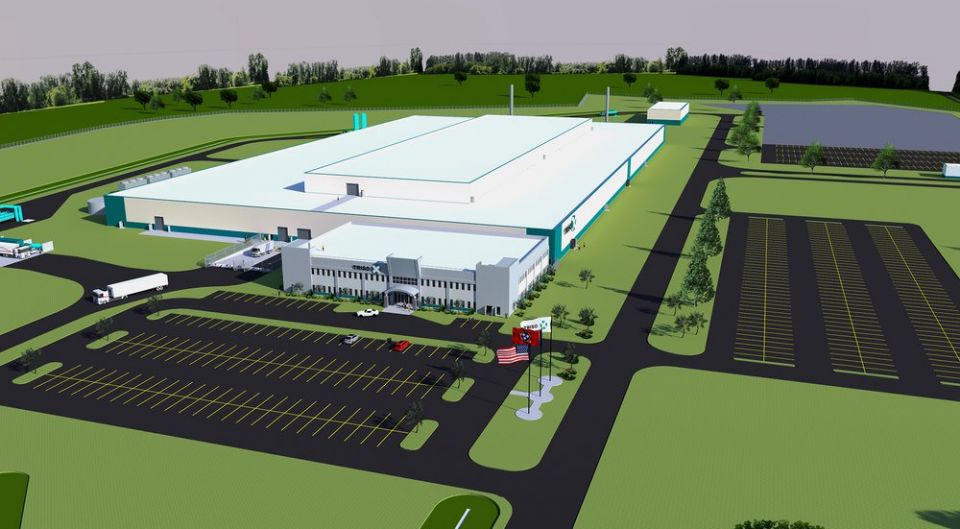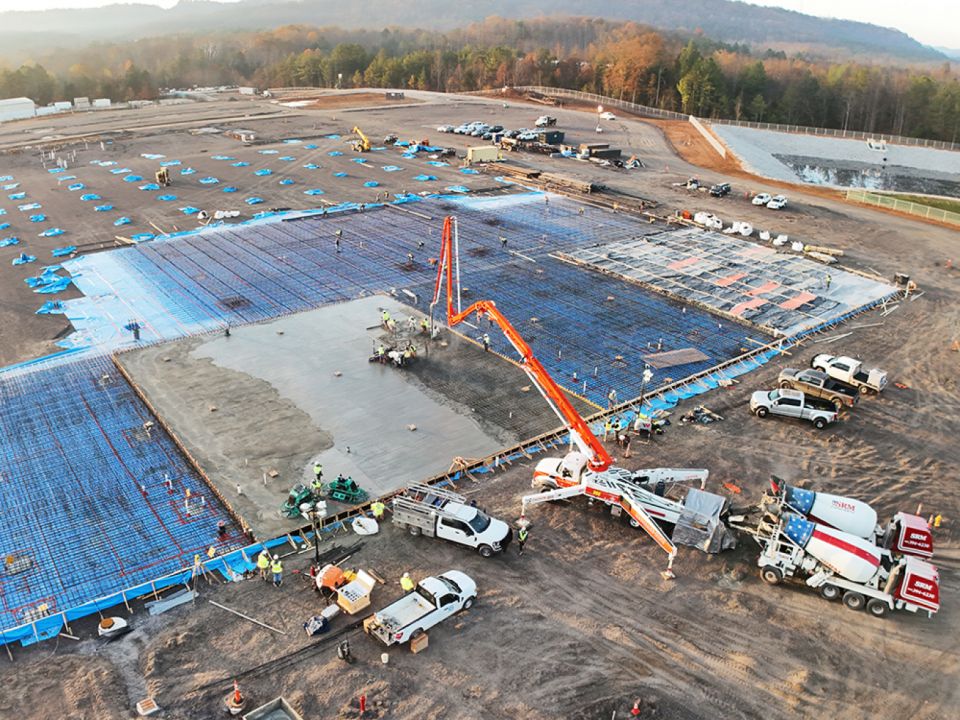Advanced reactors take center stage in Popular Mechanics
 The January/February 2021 issue of Popular Mechanics hit subscriber mailboxes this week with a stark cover image of a single small reactor under the headline, “Tiny nuclear reactors are about to revolutionize American energy.” The story looks at advanced reactors as a pivotal step to “redeem nuclear’s stature in American energy.”
The January/February 2021 issue of Popular Mechanics hit subscriber mailboxes this week with a stark cover image of a single small reactor under the headline, “Tiny nuclear reactors are about to revolutionize American energy.” The story looks at advanced reactors as a pivotal step to “redeem nuclear’s stature in American energy.”
A good primer: The article does a good job introducing the casual reader to the idea that “bigger is no longer better” and that the future of nuclear power in the United States will most likely be “a combination of traditional large plants and smaller, safer megawatt reactors.”
Advanced reactors, including small modular reactors, show that nuclear is no longer a one-size-fits-all operation, the article notes. The industry now “is all about personalization,” says Ken Canavan, Westinghouse’s chief technical officer, who is quoted in the article. The capacity and scalability of SMRs “is just irreplaceable,” he adds.
The article explains that SMRs, microreactors, and other advanced reactor designs will be able to bring reliable, carbon-free power to small or remote locations, replacing fossil fuel power plants and supplementing the “resource-sucking downtimes left by renewables.”







